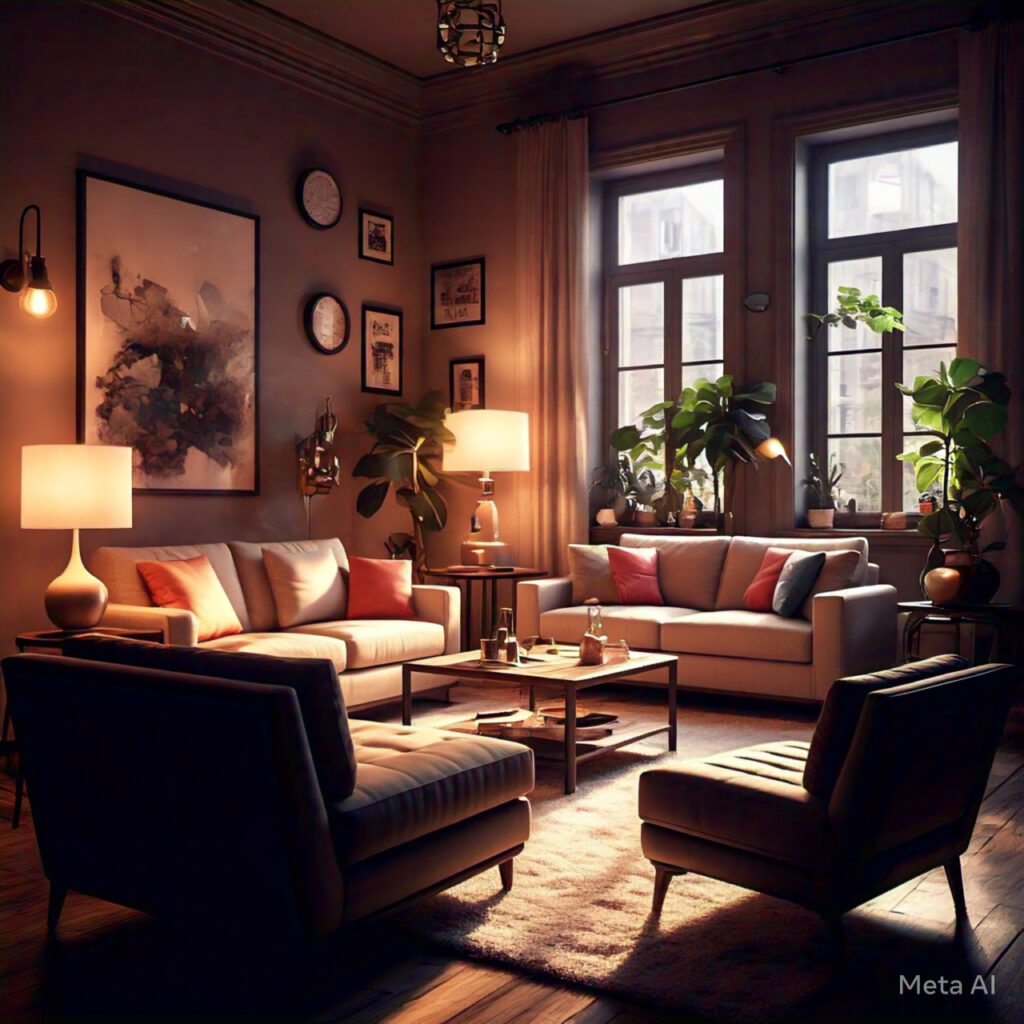Lighting Ideas for Every Room: How to Light Your Home Perfectly
Lighting is one of the most transformative elements in home design. It’s not just about brightening a space—it’s about creating the right mood, enhancing functionality, and making your home feel inviting. Whether renovating or simply looking to refresh your space, this guide will help you light every room in your home perfectly.
Why Home Lighting Matters
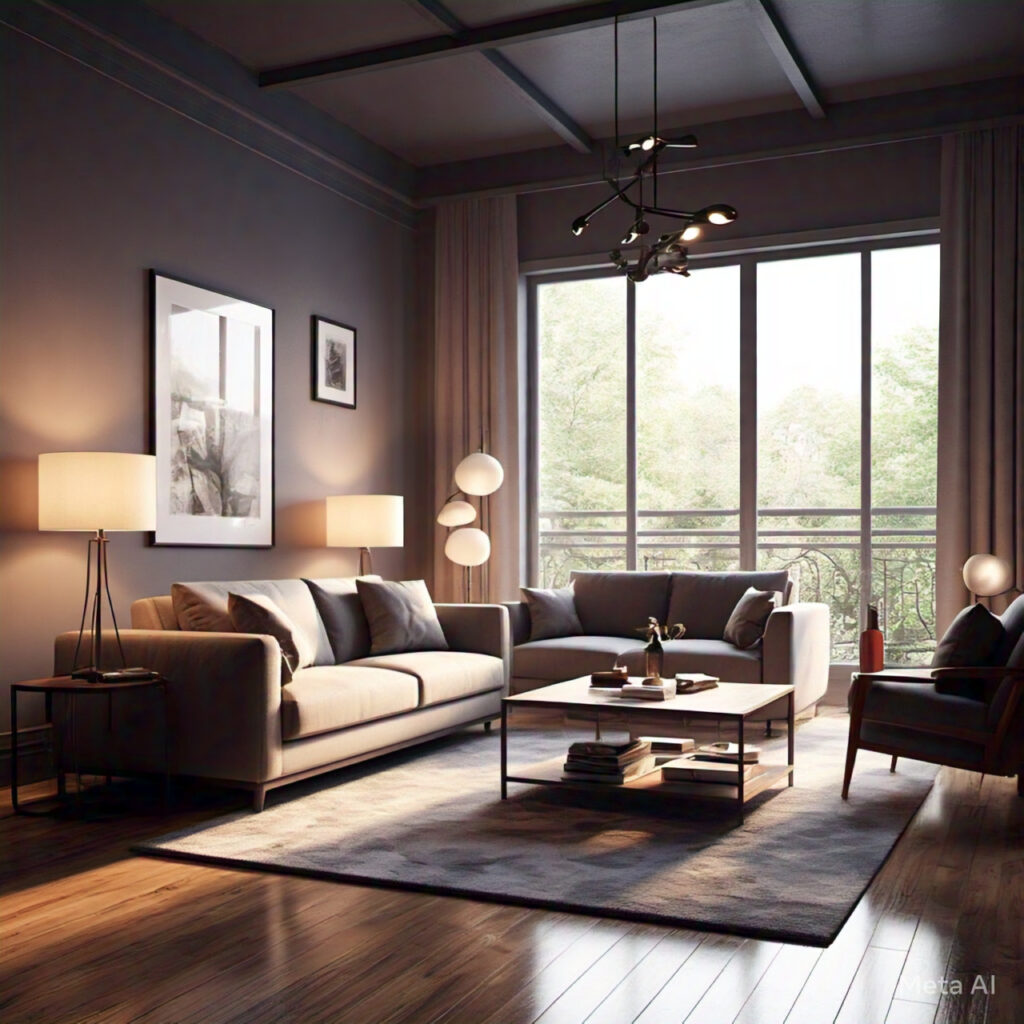
Impact of Lighting on Mood and Ambiance
Lighting can completely change how a room feels. Warm lighting creates a cozy and inviting
atmosphere, while cool lighting can make a space feel more energized and focused. The right lighting
can even affect your mood, helping you feel relaxed or motivated
Role of Functional Lighting
Functional lighting is all about helping you perform tasks easily. Whether it’s cooking in the kitchen,
reading in the living room, or grooming in the bathroom, proper lighting makes daily activities
simpler and safer. It ensures every part of your home serves its purpose effectively.
General Tips for Lighting Your Home
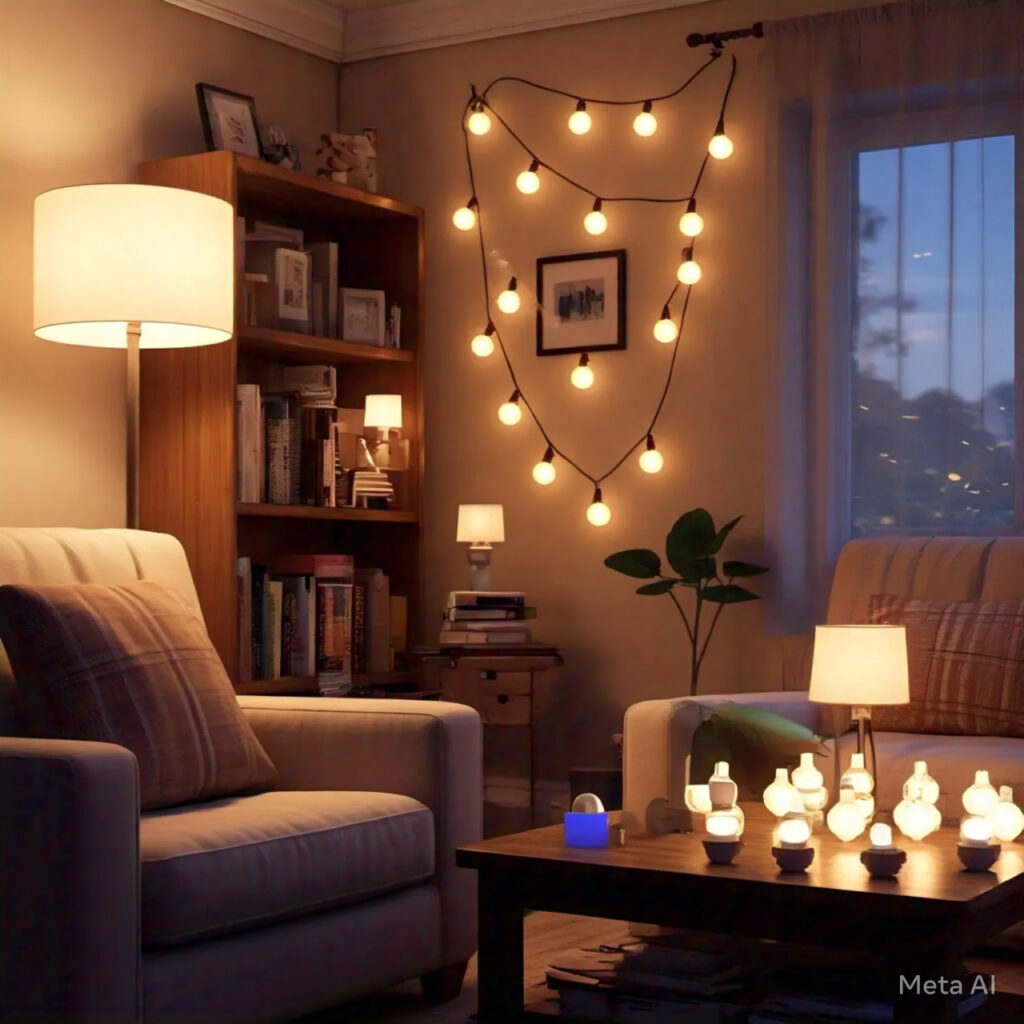
Layered Lighting Approach
Instead of relying on a single light source, combine ambient, task, and accent lighting. This gives your
home depth and flexibility for different times of day or activities. A well-layered setup ensures both
practicality and aesthetics.
Using Dimmers for Versatility
Dimmers let you control how bright or soft your lights are, making your space adaptable to any
mood or event. For example, you can dim the lights for a movie night or brighten them for cleaning.
It’s a simple way to add sophistication and functionality to your home.
Choosing the Right Bulbs
The type of bulb you choose makes a big difference. Warm white bulbs are best for cozy spaces like
living rooms, while cool white bulbs are perfect for task areas like kitchens. Always consider the
bulb’s brightness and energy efficiency for long-term benefits.
Lighting Ideas for the Living Room
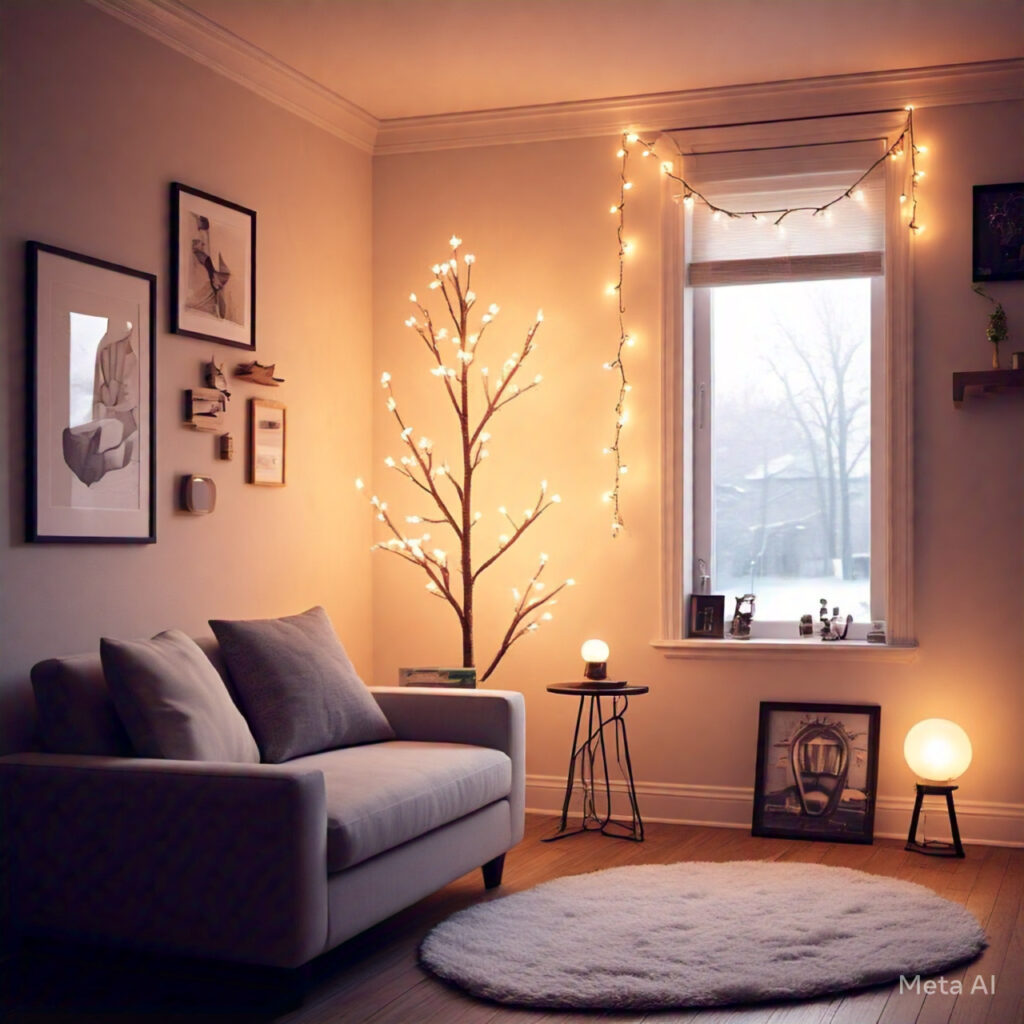
Creating a Cozy Atmosphere with Warm Lights
Use warm-toned bulbs and soft fixtures like table lamps or sconces to make your living room feel
inviting. These lights create a relaxing ambiance perfect for unwinding or socializing. Think of lighting
as a way to “wrap your room in warmth.”
Task Lighting for Reading and Activities
Add floor lamps or adjustable arm lamps next to seating areas for focused lighting. This makes
reading, crafting, or even playing board games easier and more enjoyable. Task lighting ensures
you’re not straining your eyes.
Dining Room Lighting Tips
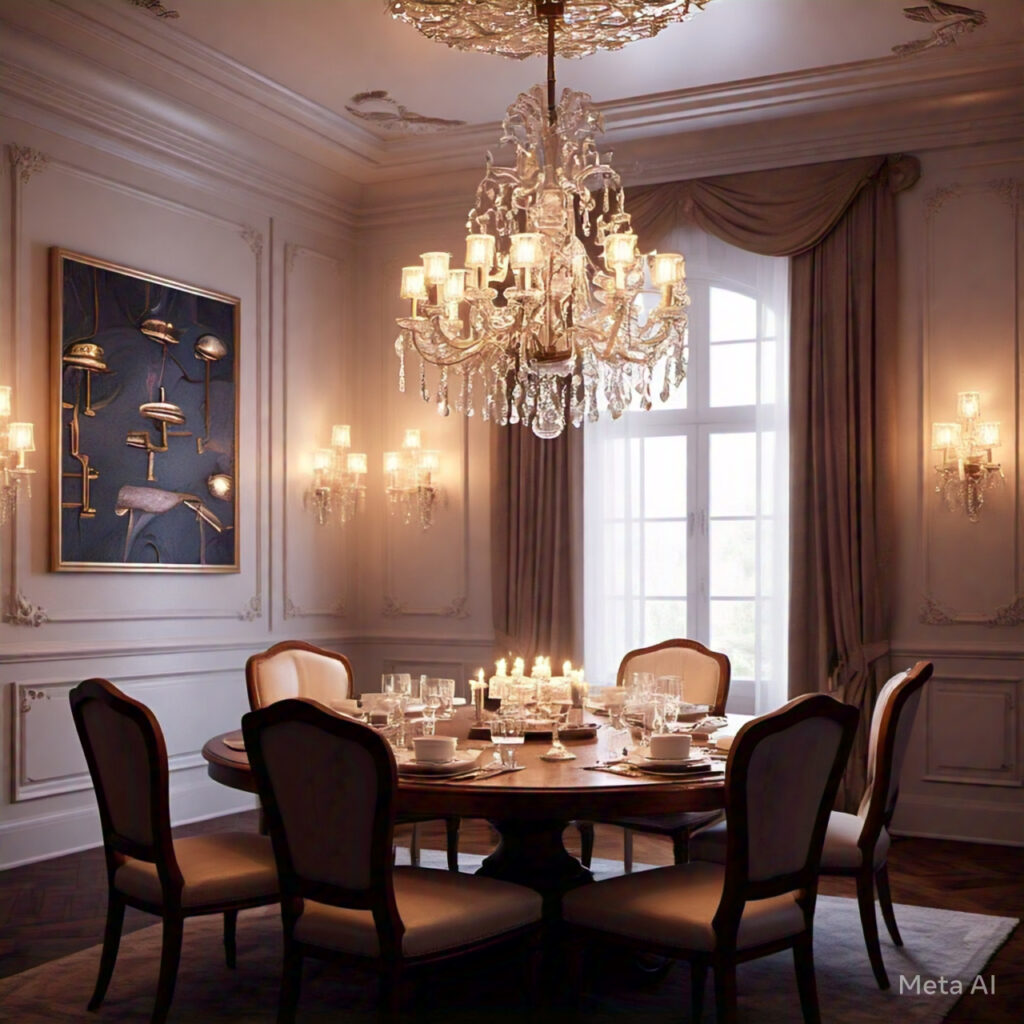
The Perfect Chandelier Placement
A chandelier should be the centerpiece of your dining room, hung about 30-36 inches above the
table. It draws attention while evenly lighting the space for meals. Choose a design that matches the
room’s style, whether classic or modern.
Adding Accent Lighting for Drama
Add wall sconces, candles, or LED strips to highlight architectural features or artwork. These lights
create depth and visual interest, making your dining room feel more elegant and inviting.
Lighting Your Kitchen Efficiently
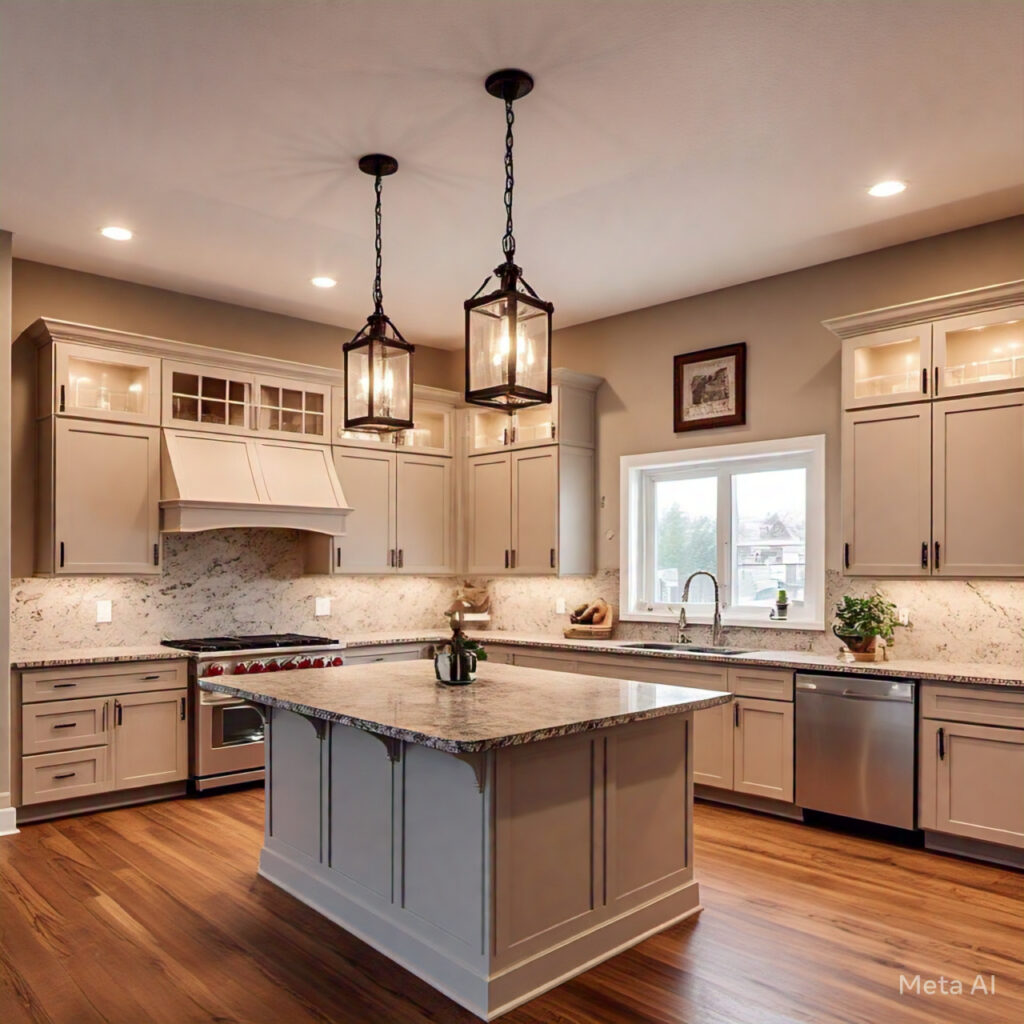
Task Lighting for Prep Areas
Bright lights above countertops and islands are essential for safe and efficient food preparation.
Install pendant lights or recessed fixtures directly over these areas. Good task lighting ensures you
can see every detail while cooking.
Ambient Lighting for a Warm Glow
Recessed ceiling lights or flush mounts can evenly brighten the entire kitchen. Pair them with a
dimmer to adjust the mood for casual dinners or family gatherings. Ambient lighting creates a
balanced and welcoming feel.
Under-Cabinet Lighting
Under-cabinet lights not only enhance visibility but also add a modern and clean look to your
kitchen. They’re perfect for illuminating dark corners, making cooking and cleaning easier.
Bedroom Lighting Ideas
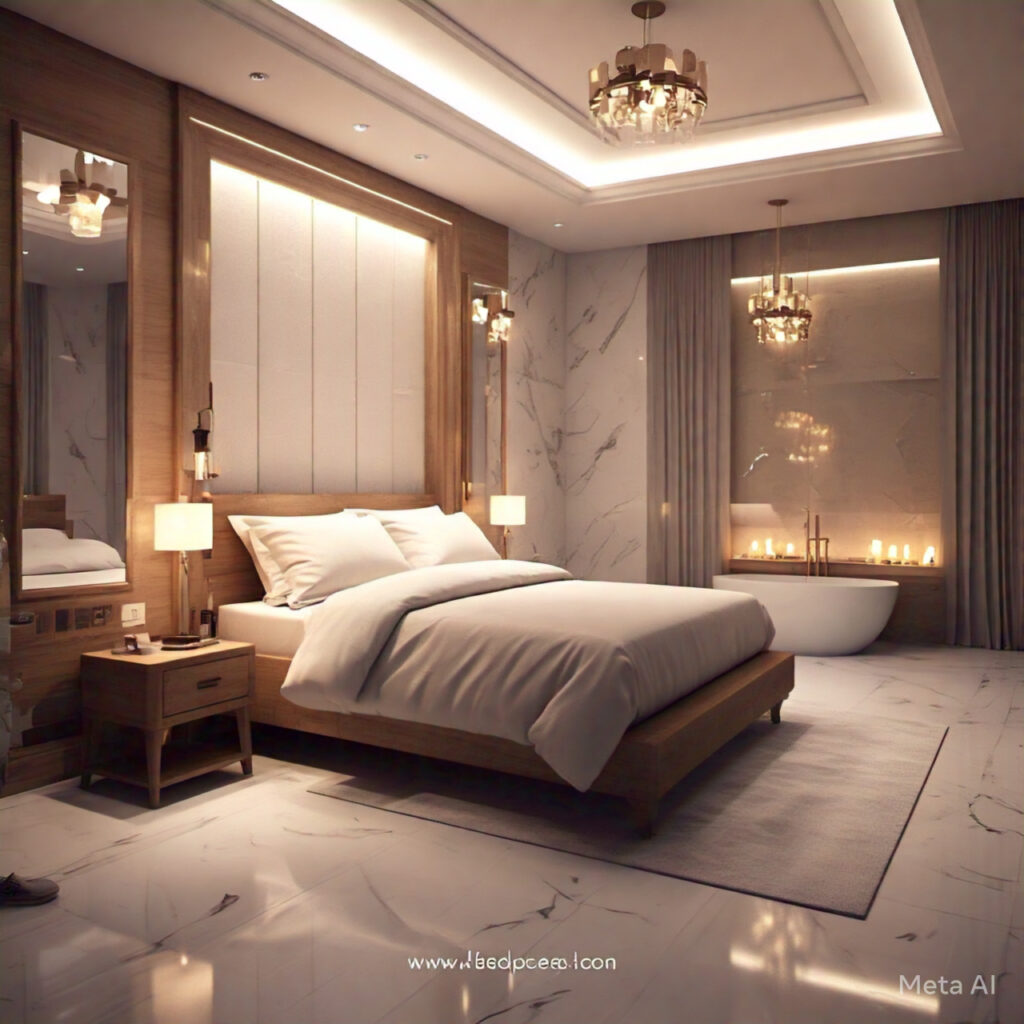
Layered Lighting for Relaxation and Function
Use a mix of ambient ceiling lights, bedside lamps, and accent lights to suit your needs throughout
the day. Dimmers are great for transitioning from bright light in the morning to soft, relaxing light at
night. Layered lighting makes your bedroom both functional and serene.
Bedside Lamps for Reading
Choose adjustable bedside lamps for focused lighting without disturbing others. These lamps add
charm to the bedroom while serving as practical light sources for bedtime reading.
Bathroom Lighting Tips
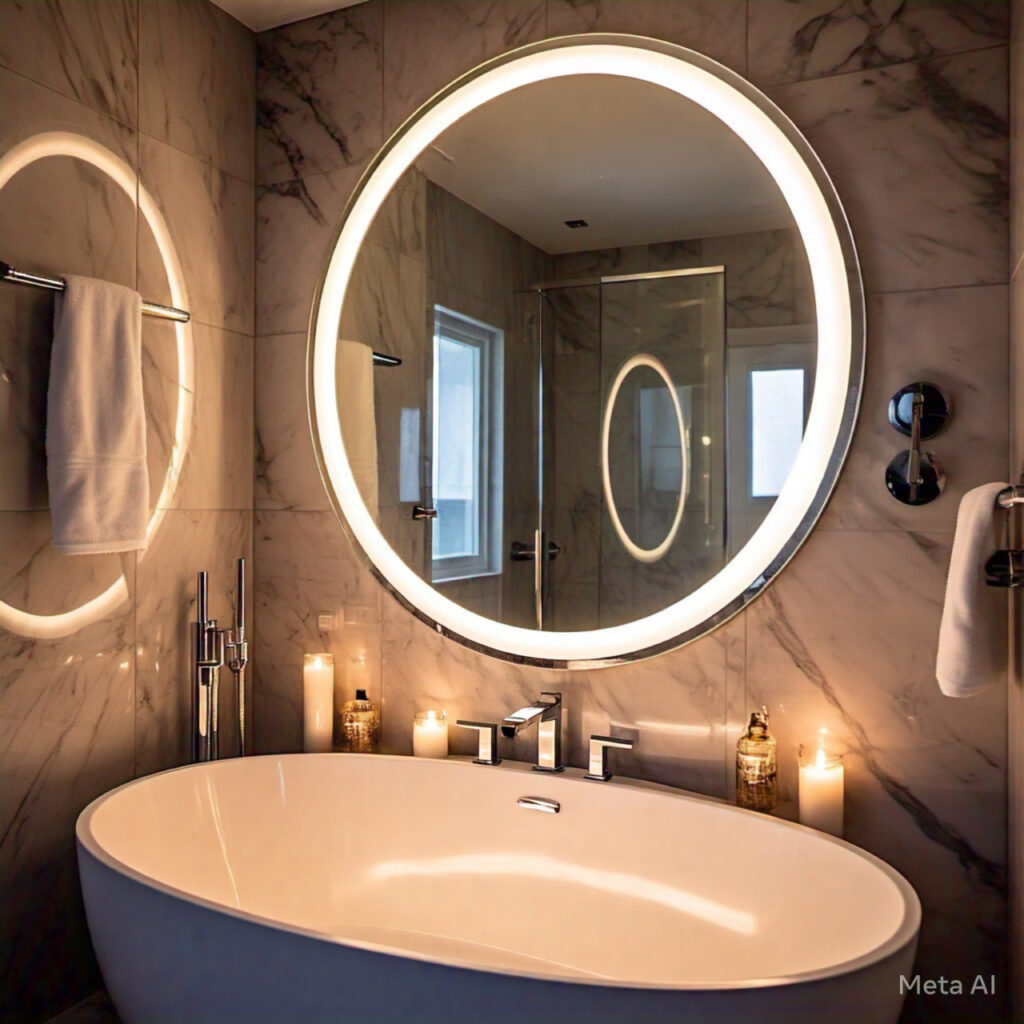
Bright Lighting for Grooming
Install vanity lights around the mirror to help with precise tasks like makeup application or shaving.
Opt for bulbs that mimic daylight for the most accurate lighting. Bright lights make it easier to see
details.
Adding Soft Lights for Relaxation
Use dimmable lights or place small LED candles near the bathtub for a calming effect. This creates a
spa-like environment, perfect for unwinding after a long day.
Home Office Lighting
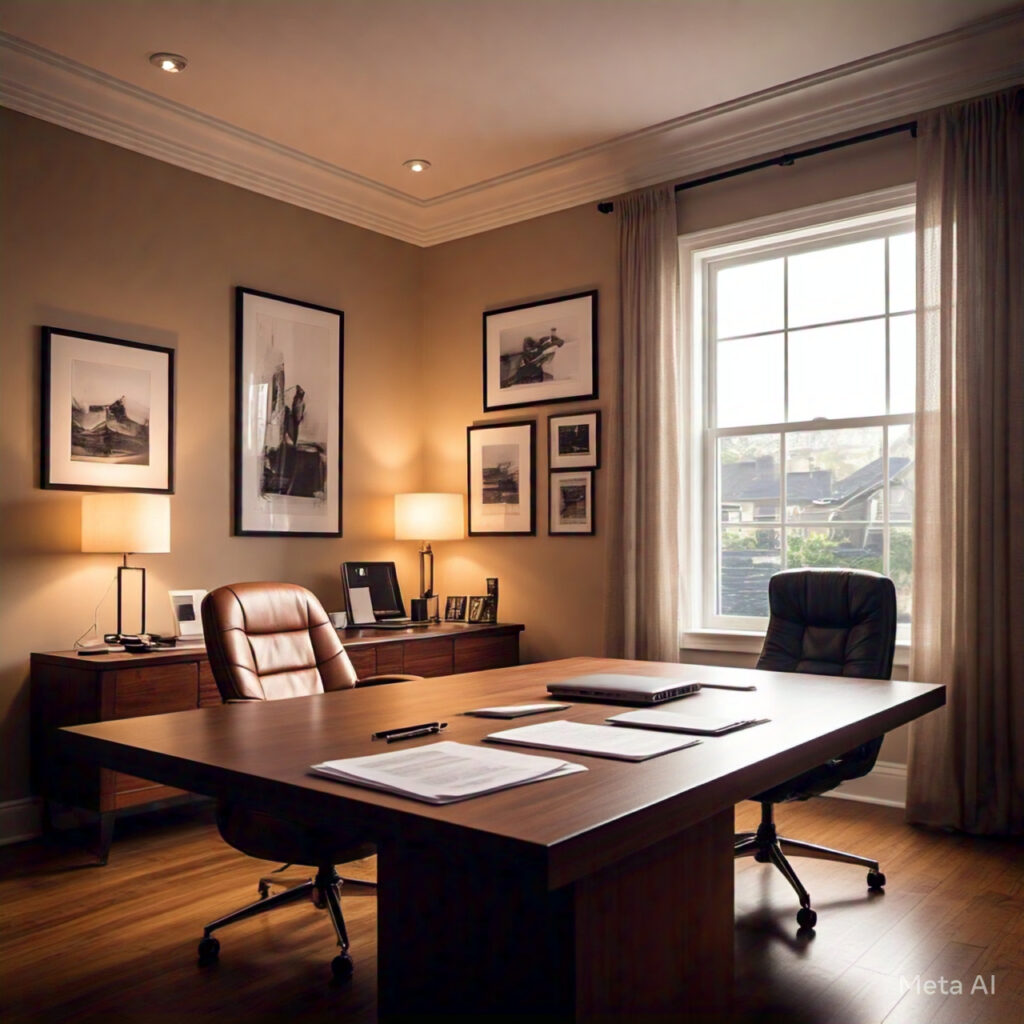
Task Lighting to Reduce Eye Strain
Desk lamps with focused, adjustable lighting are a must for reducing eye strain during long work
hours. Look for options with glare-free technology to make screen work easier. Task lighting ensures
your workspace is both functional and comfortable.
Natural Light Considerations
Position your desk near a window to take advantage of natural light, which boosts focus and
productivity. If natural light isn’t an option, choose full-spectrum bulbs that replicate daylight.
Kids’ Room Lighting
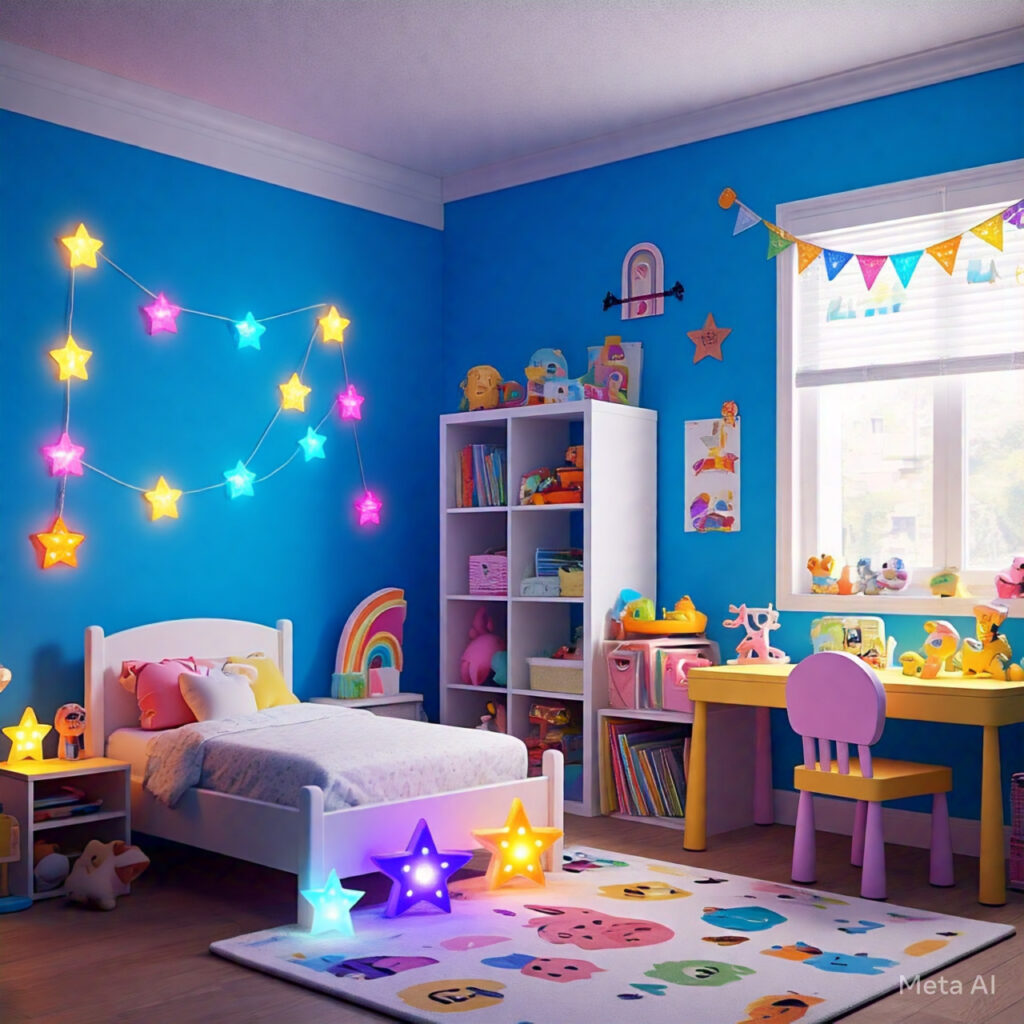
Fun and Playful Lighting Options
Incorporate colorful or themed lights like animal-shaped lamps or string lights to make the room
exciting for kids. These lights add personality and spark creativity. Choose safe, child-friendly designs.
Night Lights for Comfort
A soft night light helps kids feel secure and comfortable as they fall asleep. Look for warm, low
intensity lights to create a soothing bedtime atmosphere.
Outdoor Lighting Ideas
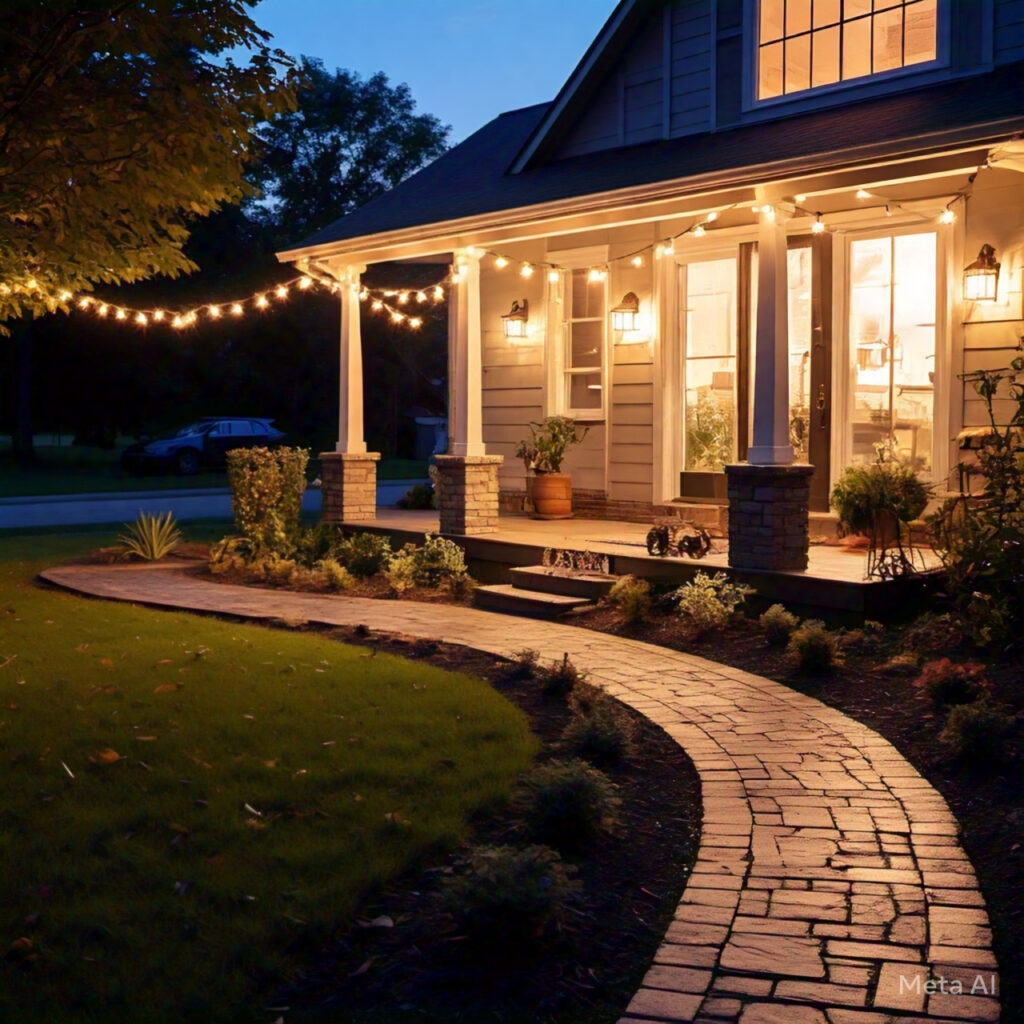
Pathway Lighting for Safety
Install solar or low-voltage LED lights along walkways to guide guests safely to your home. These
lights also add a polished look to your landscaping. They’re functional and decorative.
Decorative String Lights for Entertainment
String lights create a cozy and festive vibe for outdoor areas like patios or balconies. They’re ideal for
evening gatherings, adding a magical touch to your space.
Eco-Friendly Lighting Solutions
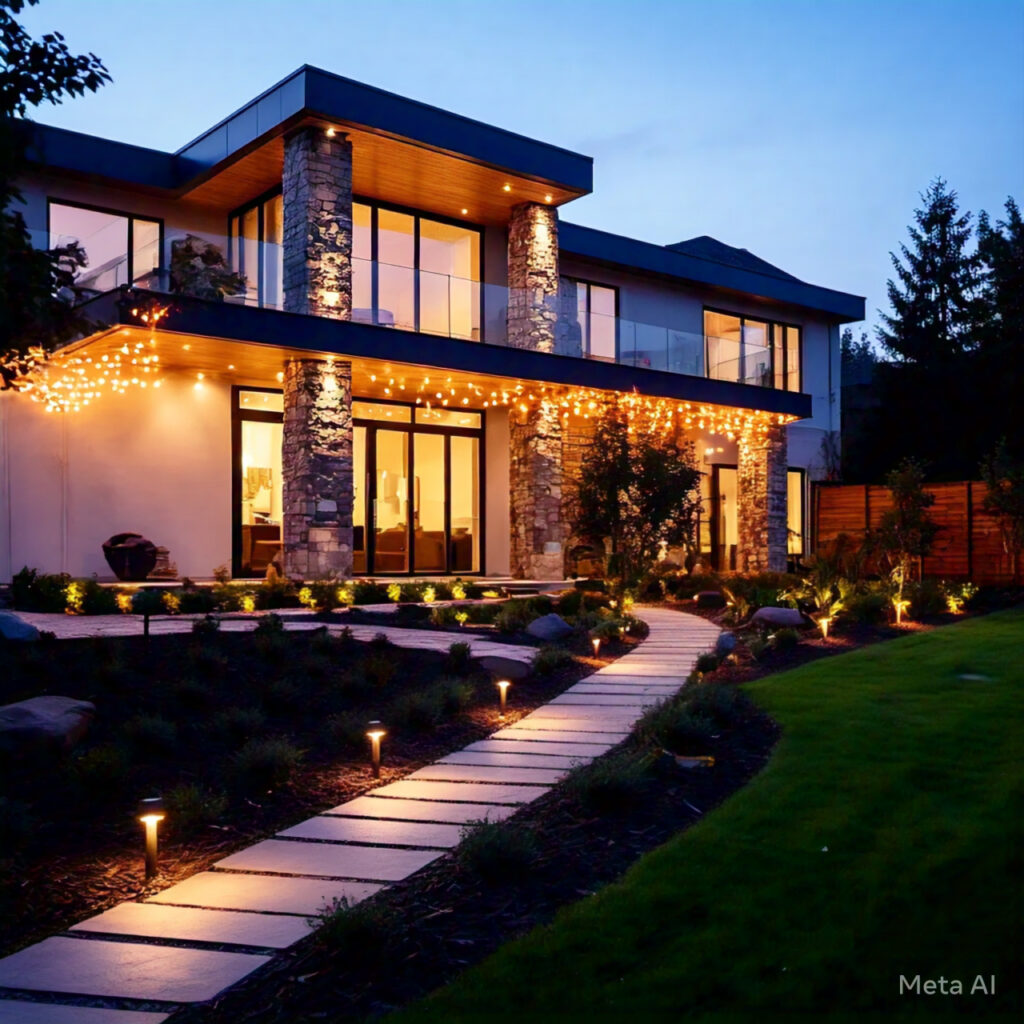
LED Lighting Benefits
LED lights use less energy, last longer, and are available in a variety of styles. They’re a sustainable
choice for every room in your home. By switching to LEDs, you save on electricity bills while reducing
your carbon footprint.
Solar-Powered Lights
For outdoor spaces, solar-powered lights are cost-effective and environmentally friendly. They charge
during the day and light up your garden or patio at night without increasing your energy costs.
Mistakes to Avoid in Home Lighting
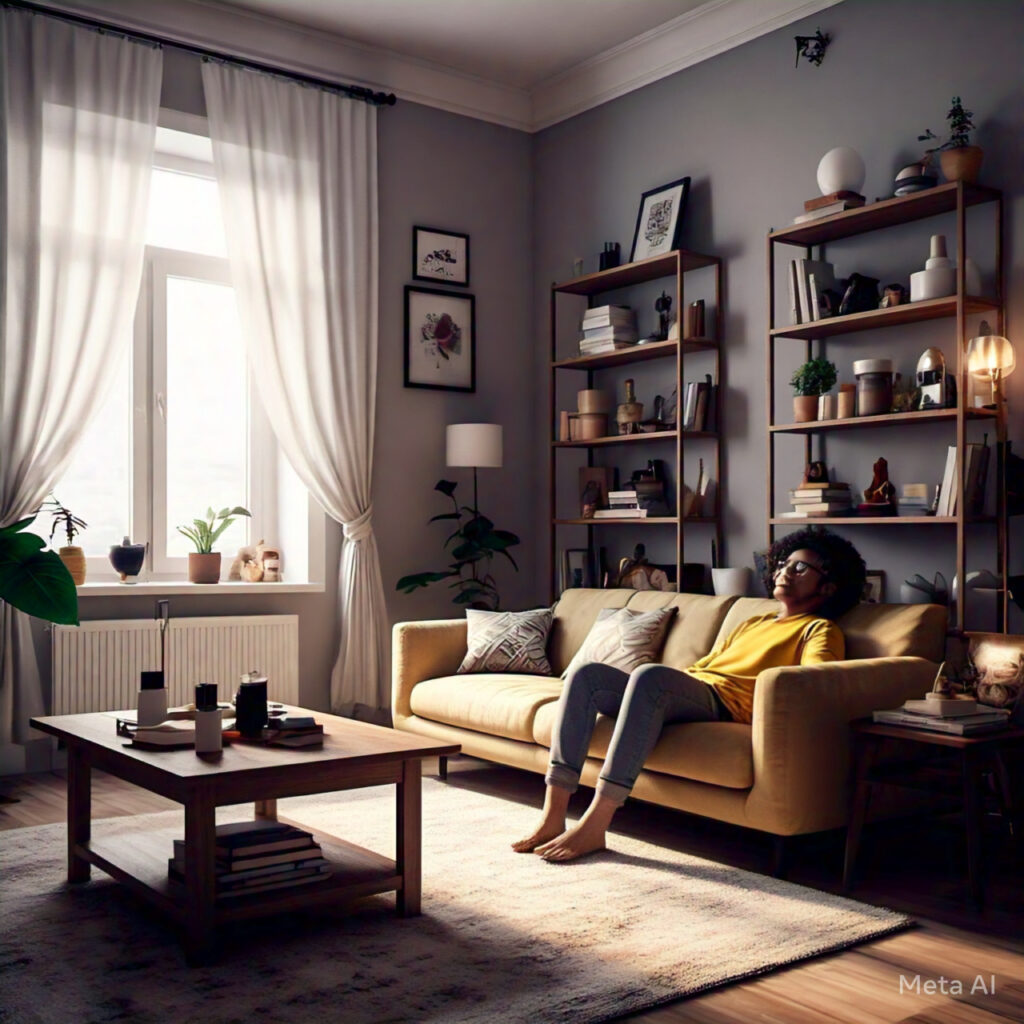
Overlooking Natural Light
Don’t block natural light with heavy curtains or furniture. Instead, use light-colored curtains or
mirrors to maximize sunlight. Natural light is free and makes your space feel bigger and brighter.
Overusing Harsh Lights
Avoid installing overly bright or cool-toned lights in areas meant for relaxation, like bedrooms and
living rooms. Too much harsh lighting can make these spaces feel cold and uncomfortable. Instead,
opt for soft, warm lights to create a cozy atmosphere.
Ignoring the Importance of Layering
Relying on a single light source can make a room feel flat and uninspiring. Instead, layer your lighting
by combining ambient, task, and accent lights. This approach not only enhances the room’s
functionality but also adds depth and character to the space.
Choosing the Wrong Bulbs
Selecting bulbs with the wrong brightness or color temperature can negatively impact a room’s
ambiance. For example, overly bright lights in a bedroom can feel too harsh, while dim lights in a
kitchen can make tasks difficult. Always choose bulbs based on the purpose and mood of the room.
Smart Lighting Options for a Modern Home
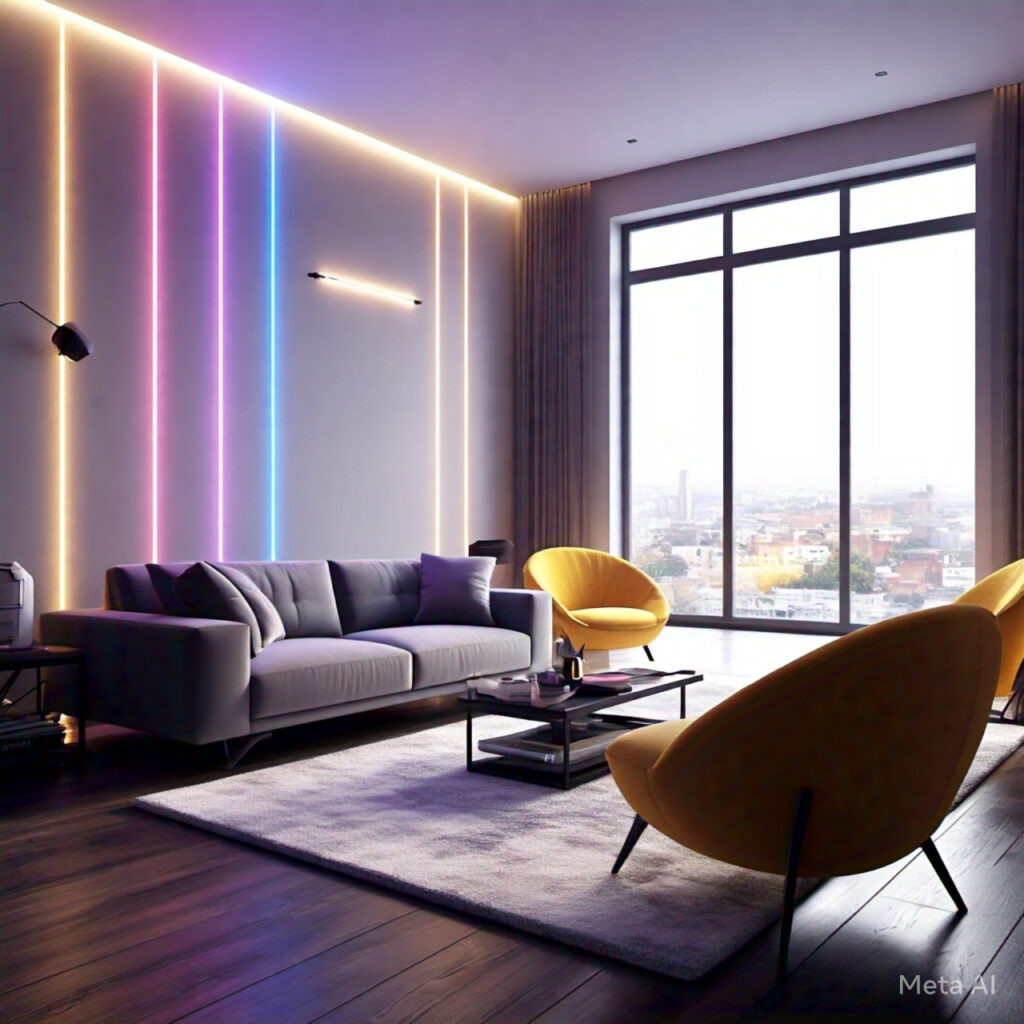
Automated Lighting Systems
Smart lighting systems allow you to control your home’s lighting with a smartphone or voice
commands. You can schedule lights to turn on or off, adjust brightness levels, or even change colors.
This adds convenience and helps save energy.
Color-Changing Lights for Versatility
Smart color-changing bulbs let you switch between warm and cool tones or even vibrant colors for
special occasions. For instance, you can use soft, warm lighting for a relaxing evening or colorful
lights for a party. They offer endless customization for every mood.
Motion-Activated Lighting
Install motion sensors in areas like hallways, bathrooms, or closets. These lights automatically turn
on when they detect movement, providing convenience and reducing energy wastage. They’re
especially useful for kids and elderly family members.
Enhancing Your Home’s Aesthetics with Lighting
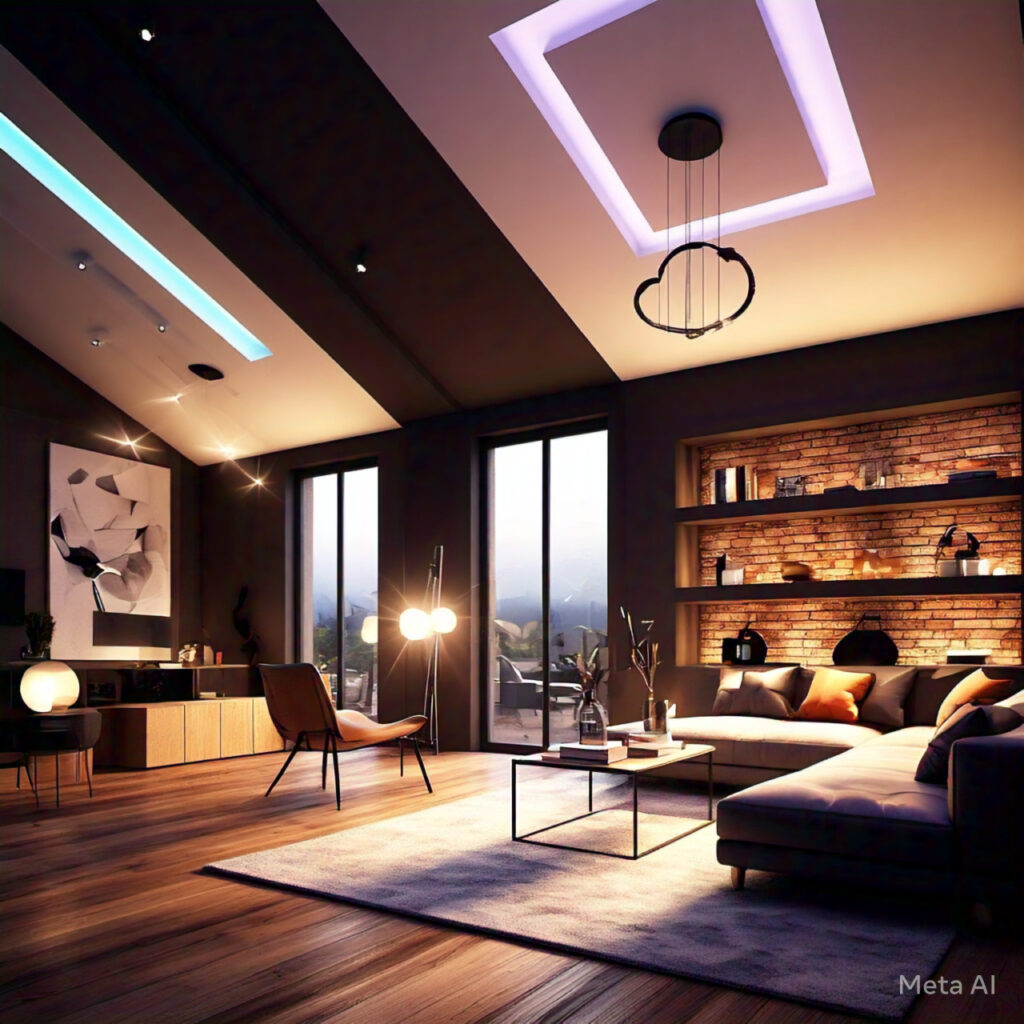
Highlighting Architectural Features
Use accent lighting to draw attention to unique elements like vaulted ceilings, exposed brick walls, or
built-in shelves. Recessed lights or wall washers can emphasize these features and make your home
look more sophisticated.
Showcasing Artwork or Decor
Picture lights or track lighting can illuminate artwork, sculptures, or other decor items. Proper
lighting brings these pieces to life and creates a gallery-like effect in your home.
Using Mirrors to Amplify Light
Strategically placing mirrors near light sources can reflect and spread light throughout the room. This
makes small spaces feel larger and brighter, enhancing the overall ambiance of your home.
Lighting Maintenance Tips
Regular Cleaning of Fixtures
Dust and dirt can accumulate on light fixtures and reduce their brightness over time. Clean your
fixtures regularly with a soft cloth or duster to keep them looking fresh and functioning efficiently.
Replacing Bulbs on Time
Replace dimming or flickering bulbs immediately to maintain consistent lighting. Using energy
efficient bulbs like LEDs ensure fewer replacements and long-term savings.
Checking for Energy Efficiency
Regularly review your lighting setup to ensure it’s energy-efficient. Upgrade old fixtures and bulbs
with modern, eco-friendly options to save on electricity costs and reduce your carbon footprint.
Conclusion
Lighting is more than just a practical necessity—it’s an essential element of home design that shapes
the mood, functionality, and aesthetics of your space. By using the right lighting techniques, from
layering light to selecting energy-efficient options, you can create a home that is both beautiful and
functional. Whether you’re illuminating your living room for a cozy evening, brightening your kitchen
for meal prep, or adding playful lights to your kids’ room, thoughtful lighting transforms your house
into a welcoming haven.
FAQs
Use LED or solar-powered lights, and install dimmers or motion sensors to reduce unnecessary
energy usage. These options are cost-effective and environmentally friendly.
Layered lighting works best in small spaces. Use mirrors to reflect natural light, and add wall-mounted
fixtures to save space, and choose warm bulbs for a cozy effect.
For dining tables or kitchen islands, pendant lights should be hung about 30–36 inches above the
surface. This ensures they provide enough light without obstructing the view.
Warm white (2700K–3000K) is ideal for living rooms and bedrooms, while cool white (3500K–4100K)
works well in kitchens and bathrooms. Daylight bulbs (5000K–6500K) are best for task-oriented
spaces like offices.
Absolutely! Warm, soft lighting creates a relaxing atmosphere, while bright, cool lighting boosts focus
and energy. Choosing the right lighting for each space can significantly impact your mood and
productivity.

